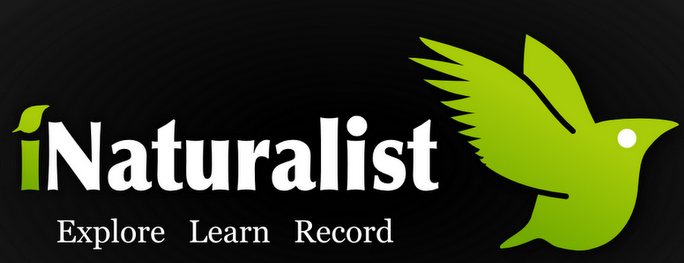iDigBio and the Florida Museum of Natural History co-sponsored a half-day introductory workshop to the website/application iNaturalist on Friday, September 26, 2014, at the Florida Museum of Natural History.
Ken-ichi Ueda, co-founder and director of the website/application, lead the workshop and started participants off with a short introduction to his project iNaturalist. Ken-ichi emphasized that iNaturalist’s main goal is to connect people with nature and to promote communication among communities (nature enthusiasts, students, naturalists, and scientists) about biodiversity. He gave several examples from the website of scientists and experienced naturalists helping people identify animals and plants and how this fosters curiosity about the identification process to a new audience.
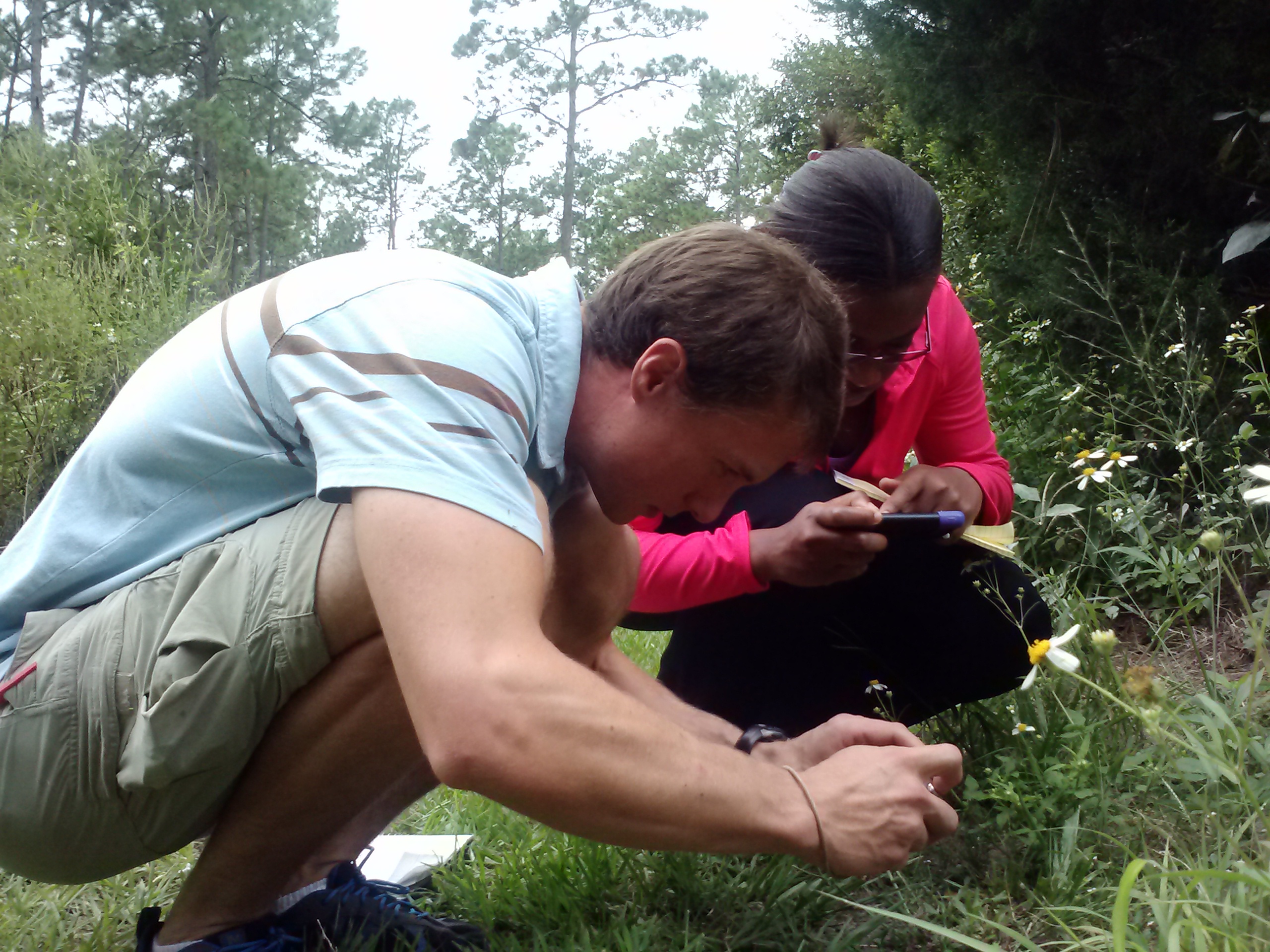 The applications for iNaturalist seem endless. The website can be used to track an individual’s observations of the natural world and those observations can be sorted by taxa giving the person the ability to collect “life lists” for any group (example). It’s possible to search other user’s observations (by location and taxa) to guide people to places to visit to see certain wildlife and help travelers identify what possible wildlife they could observe during their trip. iNaturalist also allows users to construct personalized field guides for particular areas or taxa of interest (example). Most importantly for the average user, iNaturalist allows people to interact with an active naturalist community and tap into the wealth of knowledge from both the professional and nonprofessional realms of natural history and biodiversity.
The applications for iNaturalist seem endless. The website can be used to track an individual’s observations of the natural world and those observations can be sorted by taxa giving the person the ability to collect “life lists” for any group (example). It’s possible to search other user’s observations (by location and taxa) to guide people to places to visit to see certain wildlife and help travelers identify what possible wildlife they could observe during their trip. iNaturalist also allows users to construct personalized field guides for particular areas or taxa of interest (example). Most importantly for the average user, iNaturalist allows people to interact with an active naturalist community and tap into the wealth of knowledge from both the professional and nonprofessional realms of natural history and biodiversity.
On a larger scale, iNaturalist is an important tool for researchers and educators. iNaturalist has been used as a tool in citizen scientist projects, bio blitzes, and in both undergraduate and K-12 classrooms. Researchers can export the observational data from iNaturalist, and observations from users of iNaturalist have been used in species monitoring projects. Check out some of examples of projects using iNaturalist here.
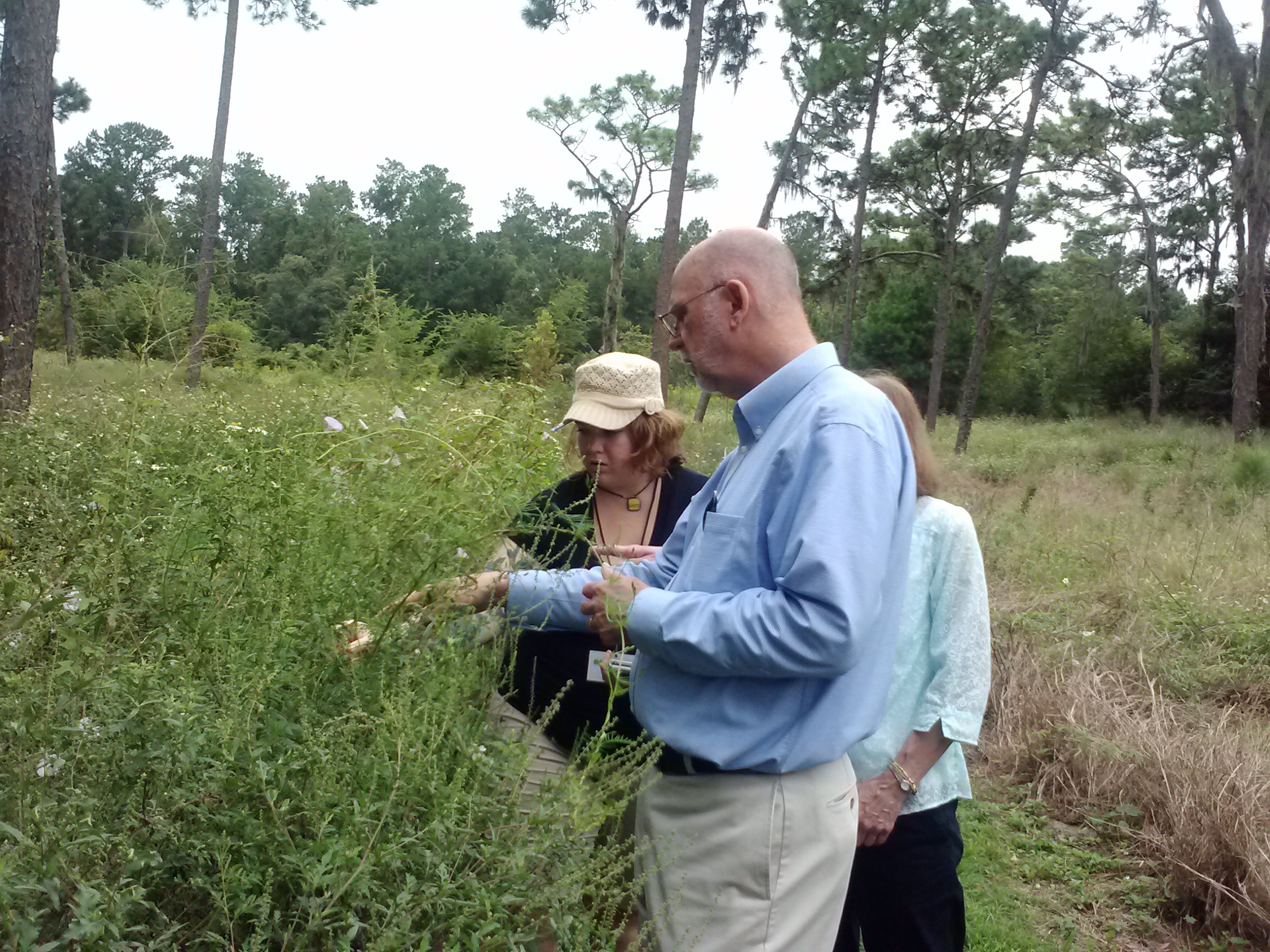 After the introduction, participants went to the Natural Areas Teaching Lab (NATL) armed with smart phones and digital cameras looking for wildlife to observe. Participants took photos of plants and animals and either uploaded the photos directly onto iNaturalist using the smart phone application, or they just took photos and brought them back to the classroom to upload to the website from their computers. Workshop participants recorded a total of 65 plant and animal observations during the 30 minute time period walking around NATL.
After the introduction, participants went to the Natural Areas Teaching Lab (NATL) armed with smart phones and digital cameras looking for wildlife to observe. Participants took photos of plants and animals and either uploaded the photos directly onto iNaturalist using the smart phone application, or they just took photos and brought them back to the classroom to upload to the website from their computers. Workshop participants recorded a total of 65 plant and animal observations during the 30 minute time period walking around NATL.
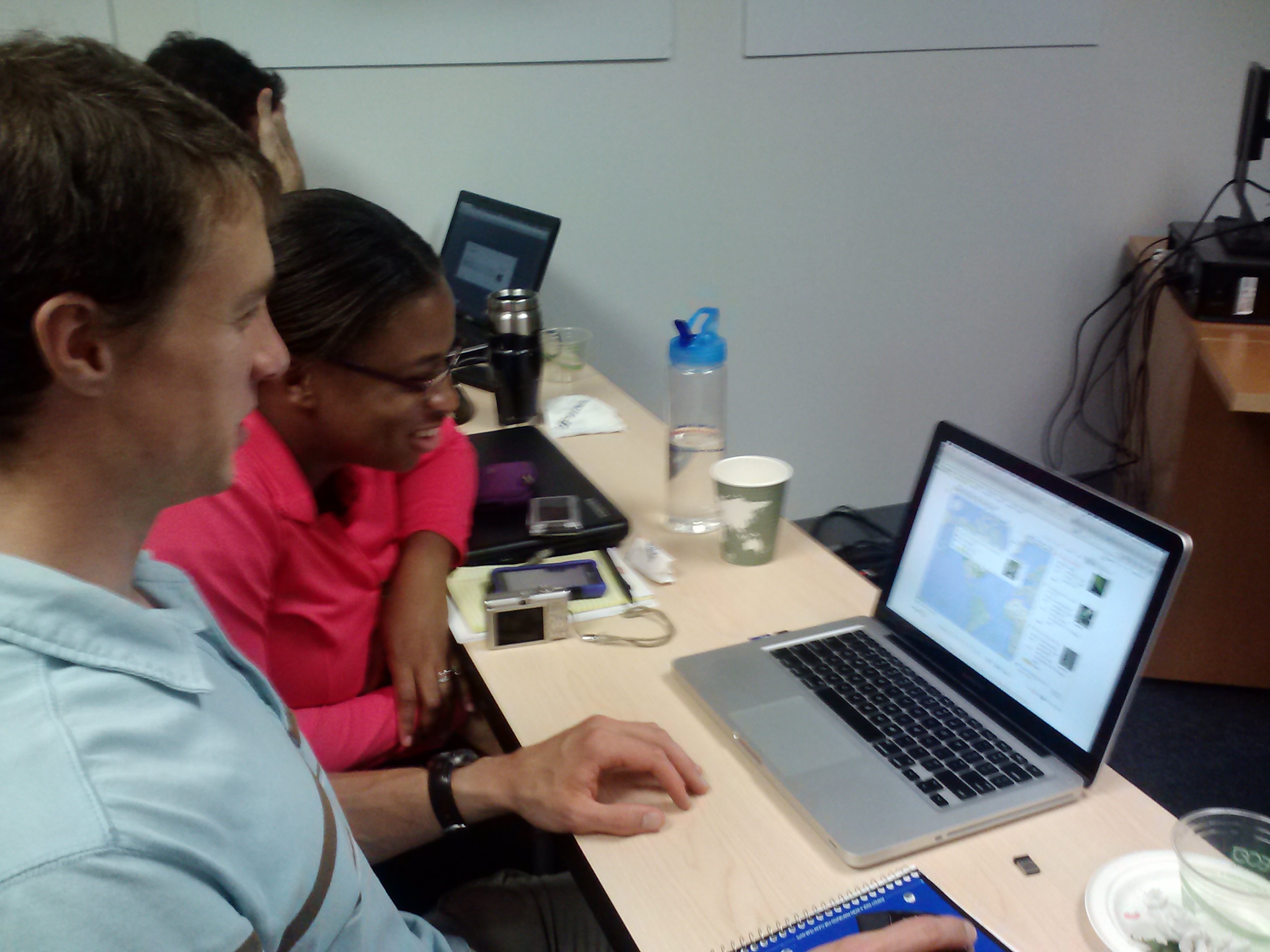 Back in the classroom, the participants learned how to upload photos onto the website, create observations, georeference their observations, and request identification help from the community. During the workshop, several participants already recieved help with identifications from other (remote) users.
Back in the classroom, the participants learned how to upload photos onto the website, create observations, georeference their observations, and request identification help from the community. During the workshop, several participants already recieved help with identifications from other (remote) users.
Ken-ichi then explained the data quality aspect of the website. iNaturalist considers data higher quality when multiple individuals confirm an identification. Observations are marked as research quality when the observation has a community supported ID, is georeferenced, has a photo, and a date. So far, 24 observations from the workshop have earned the “research quality” status.
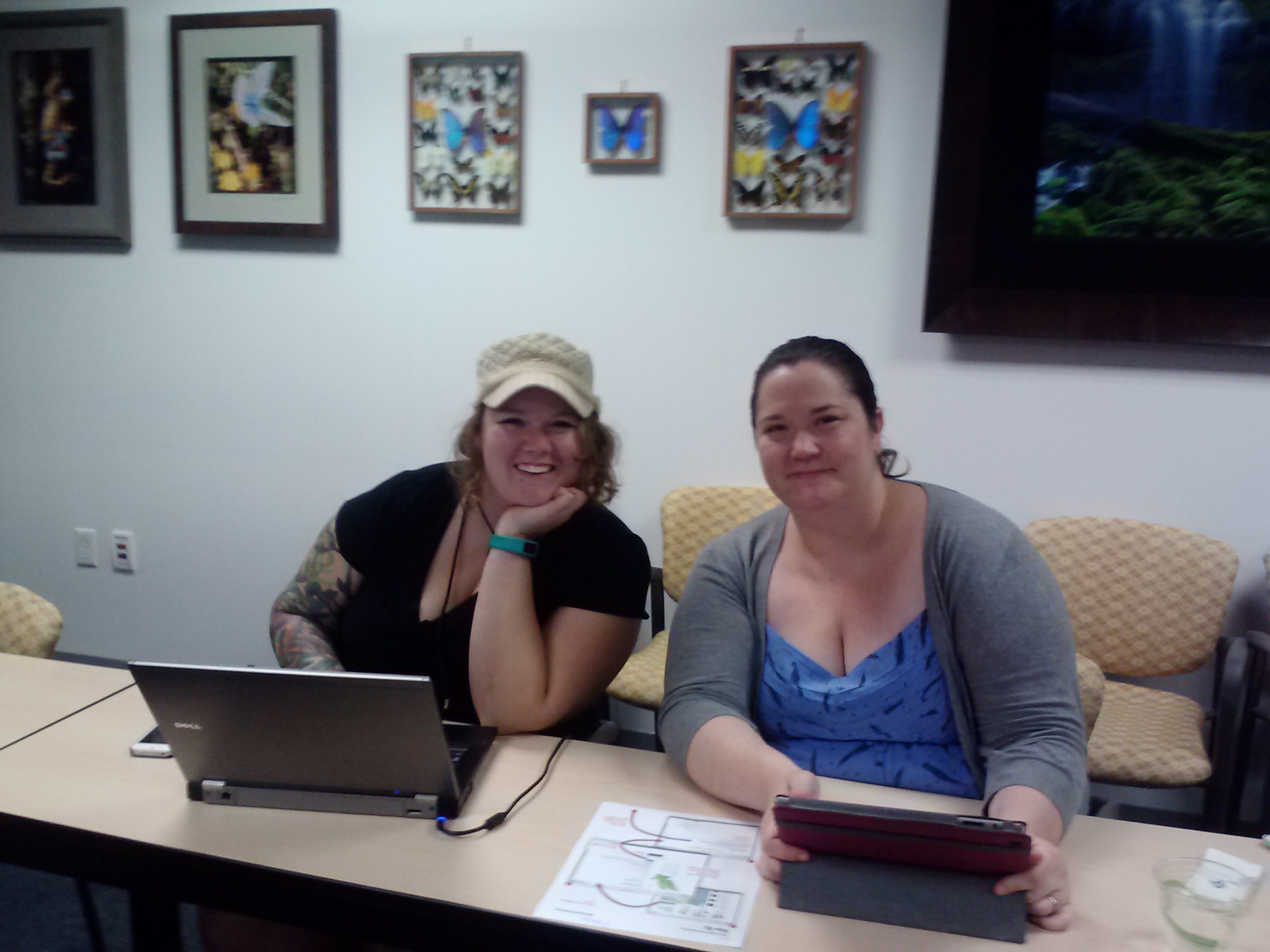 The workshop wrapped up with many participants excited about iNaturalist’s potential applications for their projects, and we hope the workshop leads to more collaborations with iNaturalist in the future.
The workshop wrapped up with many participants excited about iNaturalist’s potential applications for their projects, and we hope the workshop leads to more collaborations with iNaturalist in the future.


